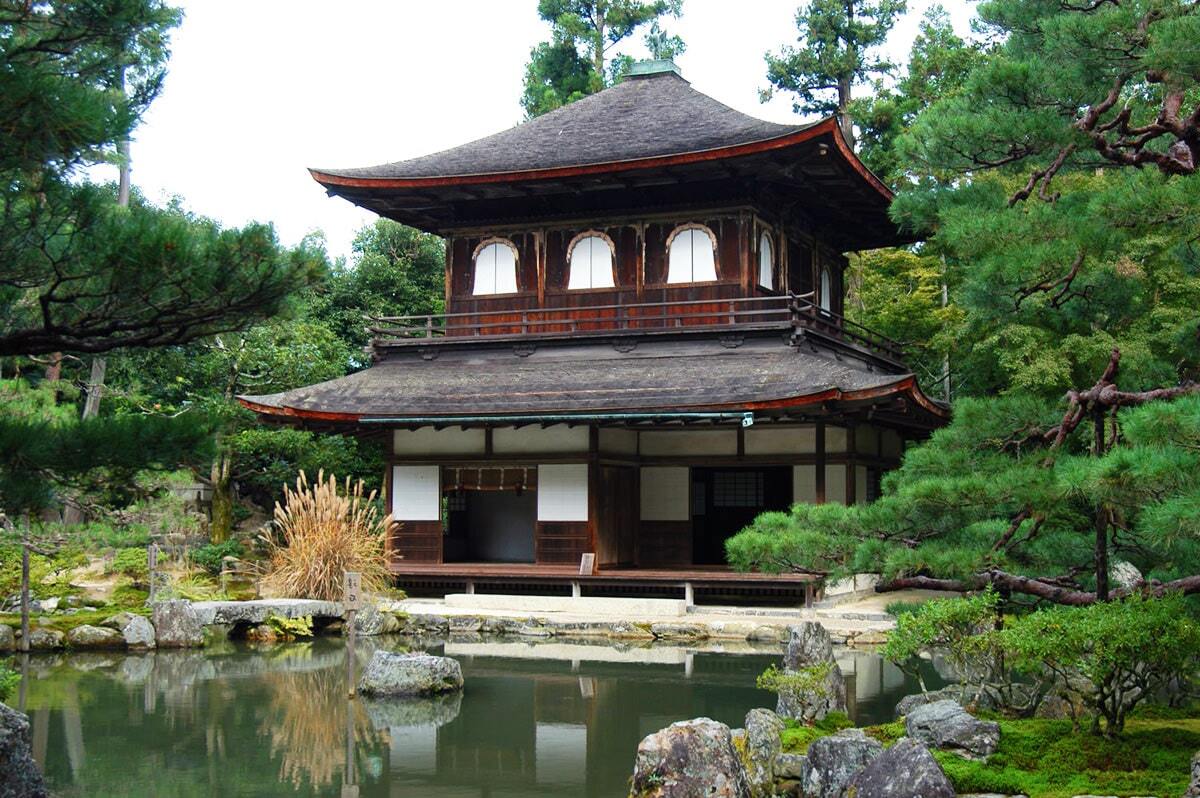Secrets Of Japan’s Ancient Architecture

Have you ever wondered what makes Japan's ancient buildings so special? These structures, some over a thousand years old, stand as a testament to the country's rich history and culture. From the intricate wooden temples to the majestic castles, each building tells a story. The secret lies in the unique techniques and materials used by Japanese craftsmen. Traditional Japanese architecture focuses on harmony with nature, using natural elements like wood and stone. This approach not only creates beautiful buildings but also ensures they last for centuries. Ready to learn more about these architectural marvels? Let's dive into the fascinating world of Japan's ancient structures.
Discovering Japan's Ancient Architecture
Japan's ancient architecture offers a glimpse into the country's rich history and culture. From towering castles to serene temples, each structure tells a story of craftsmanship and tradition. Let's explore some of the most iconic examples of Japan's architectural heritage.
1. Himeji Castle
Himeji Castle, also known as the White Heron Castle, stands as a symbol of Japan's feudal era. Its white exterior and intricate design make it one of the most beautiful castles in Japan. Built in the early 17th century, it has survived wars and natural disasters, showcasing the resilience of Japanese architecture.
2. Kinkaku-ji (Golden Pavilion)
Kinkaku-ji, or the Golden Pavilion, is a Zen Buddhist temple in Kyoto. The top two floors of the pavilion are covered in gold leaf, reflecting beautifully on the surrounding pond. Originally built in 1397, it has been rebuilt several times, maintaining its stunning appearance and spiritual significance.
3. Todai-ji Temple
Todai-ji Temple in Nara houses the world's largest bronze statue of the Buddha Vairocana. Constructed in 752, this temple exemplifies the grandeur of ancient Japanese architecture. The Great Buddha Hall, or Daibutsuden, is one of the largest wooden buildings in the world, showcasing impressive craftsmanship.
4. Fushimi Inari Shrine
Fushimi Inari Shrine in Kyoto is famous for its thousands of vermilion torii gates that create a path up the sacred Mount Inari. Established in 711, this Shinto shrine is dedicated to Inari, the god of rice and agriculture. The striking red gates and serene forest paths make it a must-visit.
5. Matsumoto Castle
Matsumoto Castle, also known as the Crow Castle due to its black exterior, is one of Japan's premier historic castles. Built in the late 16th century, it features a unique combination of defensive and aesthetic elements. The castle's wooden interiors and stone foundations highlight traditional Japanese construction techniques.
6. Byodo-in Temple
Byodo-in Temple in Uji, near Kyoto, is a stunning example of Heian period architecture. The Phoenix Hall, built in 1053, appears to float on a pond, creating a serene and picturesque scene. This temple is so iconic that it is depicted on the back of the Japanese 10 yen coin.
7. Nijo Castle
Nijo Castle in Kyoto served as the residence of the Tokugawa shoguns. Completed in 1626, it features beautiful gardens, intricate woodwork, and the famous "nightingale floors" that chirp when walked upon to alert residents of intruders. The castle's design reflects the power and elegance of the shogunate era.
8. Ryoan-ji Temple
Ryoan-ji Temple in Kyoto is renowned for its rock garden, a masterpiece of Zen landscaping. Established in 1450, the temple's garden features 15 rocks arranged in a way that only 14 can be seen at once from any angle. This design invites contemplation and meditation, embodying the essence of Zen philosophy.
9. Horyu-ji Temple
Horyu-ji Temple in Nara is one of the oldest wooden buildings in the world, dating back to the early 7th century. This Buddhist temple complex includes the five-story pagoda and the Golden Hall, both showcasing early Japanese architectural styles. Horyu-ji is a UNESCO World Heritage site, reflecting its historical and cultural importance.
10. Senso-ji Temple
Senso-ji Temple in Tokyo is the city's oldest temple, founded in 645. The temple's iconic red gate, Kaminarimon, leads to a bustling shopping street and the main hall. Senso-ji's vibrant atmosphere and historical significance make it a popular destination for both locals and tourists.
Timeless Beauty of Japan's Ancient Architecture
Japan's ancient architecture stands as a testament to the country's rich history and cultural heritage. Structures like Kinkaku-ji, Himeji Castle, and Todai-ji showcase the intricate craftsmanship and attention to detail that define Japanese design. These buildings not only serve as historical landmarks but also offer insights into the philosophies and aesthetics that have shaped Japanese society over centuries.
Exploring these architectural marvels provides a deeper appreciation for Japan's ability to blend functionality with beauty. Whether it's the elegant simplicity of a Shinto shrine or the grandiosity of a Buddhist temple, each structure tells a unique story. Visiting these sites offers a glimpse into a world where tradition and innovation coexist harmoniously.
Next time you find yourself in Japan, take a moment to marvel at these timeless structures. They are more than just buildings; they are living pieces of history.

